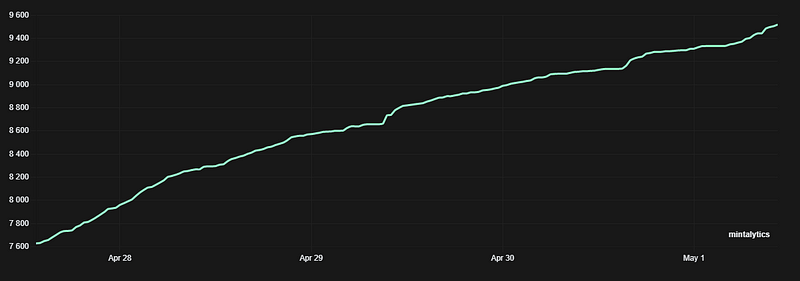Exploit + Bug = $33M locked
The development team of Akutars, a highly anticipated NFT project, encountered an exploit and a bug in the smart contract, which disrupted the auction and led to the blocking of more than 11,500 ETH inside the smart contract. Bad luck or a thoughtful advertising campaign?




